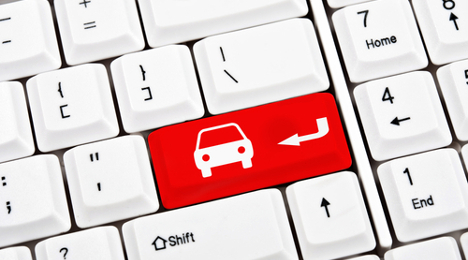Changes abound in car retailing

How digital is the auto retail environment becoming? Consider this: OEMs are likely to launch approximately 100 new digital stores globally in 2016, says Lisa Whalen of Frost & Sullivan.
In the firm’s 2016 Global Automotive Outlook webinar this past Tuesday, Whalen — a vice president and business unit leader with the company — shared a few trends like these that illustrate the growing importance of digital technology in auto retailing.
“The point here is, kicking the tires and taking a test drive are no longer considered essential to secure the sale of a car,” Whalen said. “Digital technology has become essential, instead.”
But a greater digital presence isn’t the only way in which the auto retailing format has changed.
For example, Whalen points to the “lifestyle store” concept that has long been adopted by other industries (she gives the example of a coffee shop in a bookstore).
The car industry is now joining the party. In essence, showrooms are being transformed to be somewhere that shoppers want to spend some time in, versus it being a “high-pressure sales environment,” Whalen said.
Another big change: pop-up stores and mobile retailing.
“In other words, manufacturers understand that they can fish where the fish are and get high returns,” she said. “They are looking at short-term pop-up stores where, in urban environments, there are short-term activities such as concerts or sports events are taking place, so that they can go to where people are congregating for a short period of time and take advantage of this activity.”
Changes in the auto retail process and how people shop for cars was something that Janet Barnard honed in on when she spoke at the Automotive News World Congress last month in Detroit.
Barnard, who is president of Manheim North America, said it’s key for retailers to focus on transparency, efficiency and customer experience.
Even with industry disruption, “an intentional focus on the automotive retailer’s durable advantage — linking people to vehicles — is the critical component to leading transformation,” Barnard said in the comments provided in a news release from parent company Cox Automotive.
“Today’s customers come through the door ready to buy, not shop,” Barnard said. “They know much more about options, features and pricing, and they ask for all of it. This puts pressure on automotive professionals to know a lot more when interacting with customers.”
Looking specifically at the customer experience, Cox Automotive data indicates that 54 percent of car buyers would go with the dealer that provides a better experience, even if another dealership had it beat on price. And timing can be key: the highest levels of customer satisfaction are in the first 90 minutes, Cox Auto said. But the more time they spend, the less satisfied they become.
Barnard said: “Most consumers’ frustrations with the auto buying experience are tied to waiting. Focus on training your team to take advantage of this time by asking questions, being a part of the shopper’s discovery process and making a connection.”

 View The Latest Edition
View The Latest Edition

